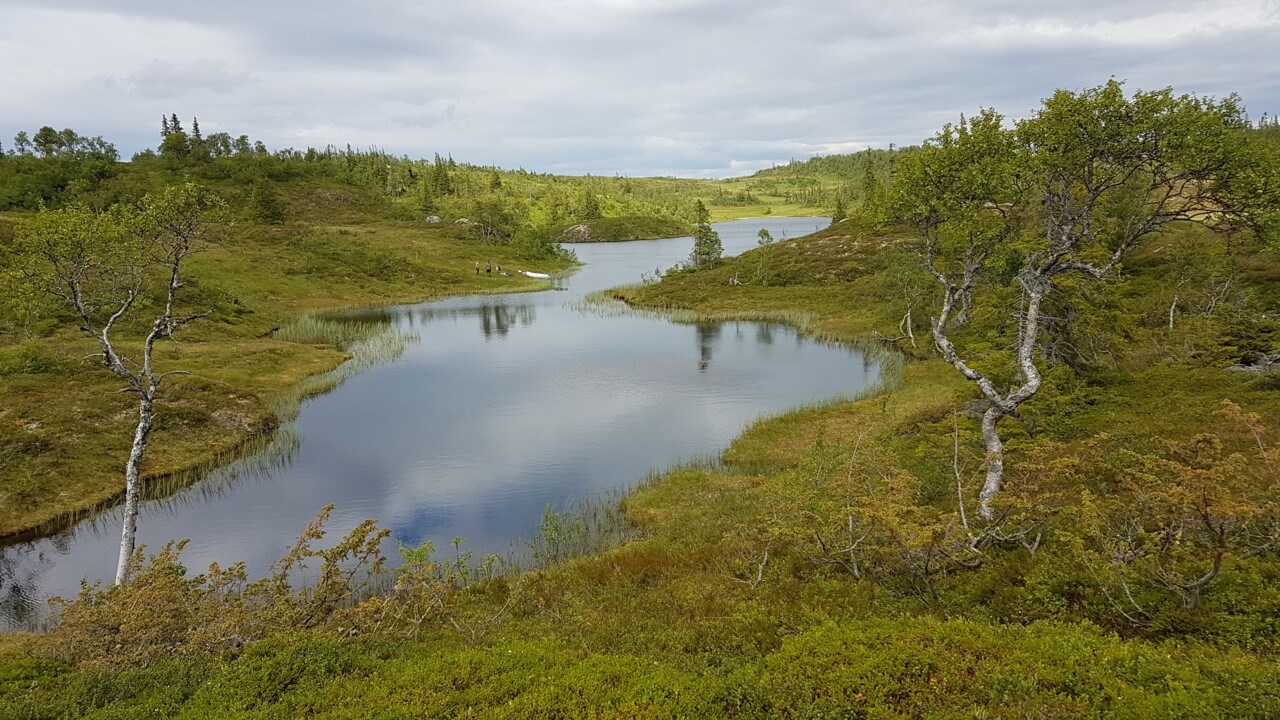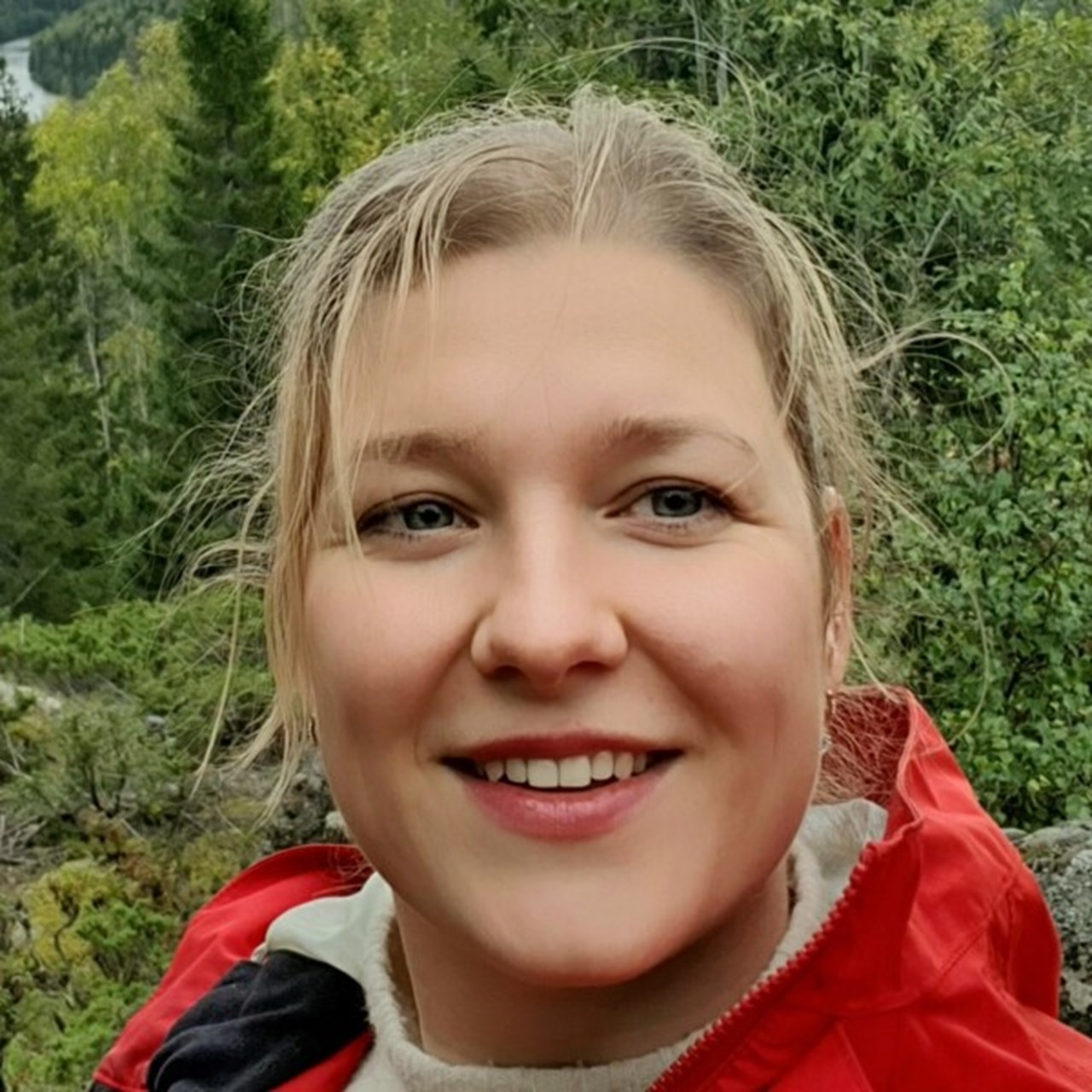About the dissertation:
On Friday 3 June, Isolde Callisto Puts, Department of Ecology and Environmental Sciences at Umeå University, will defend her thesis entitled: Impacts of global change on primary production in northern lakes.
The dissertation takes place at 9:00 in room S205 in Samhällsvetarhuset at Umeå University.
The faculty opponent is Tom Andersen at the University of Oslo in Norway.




